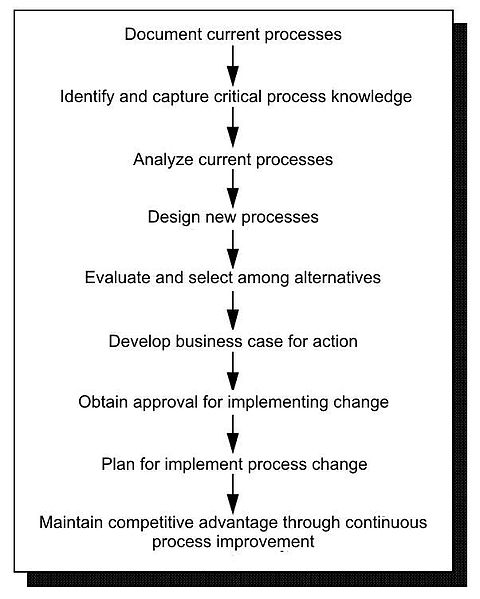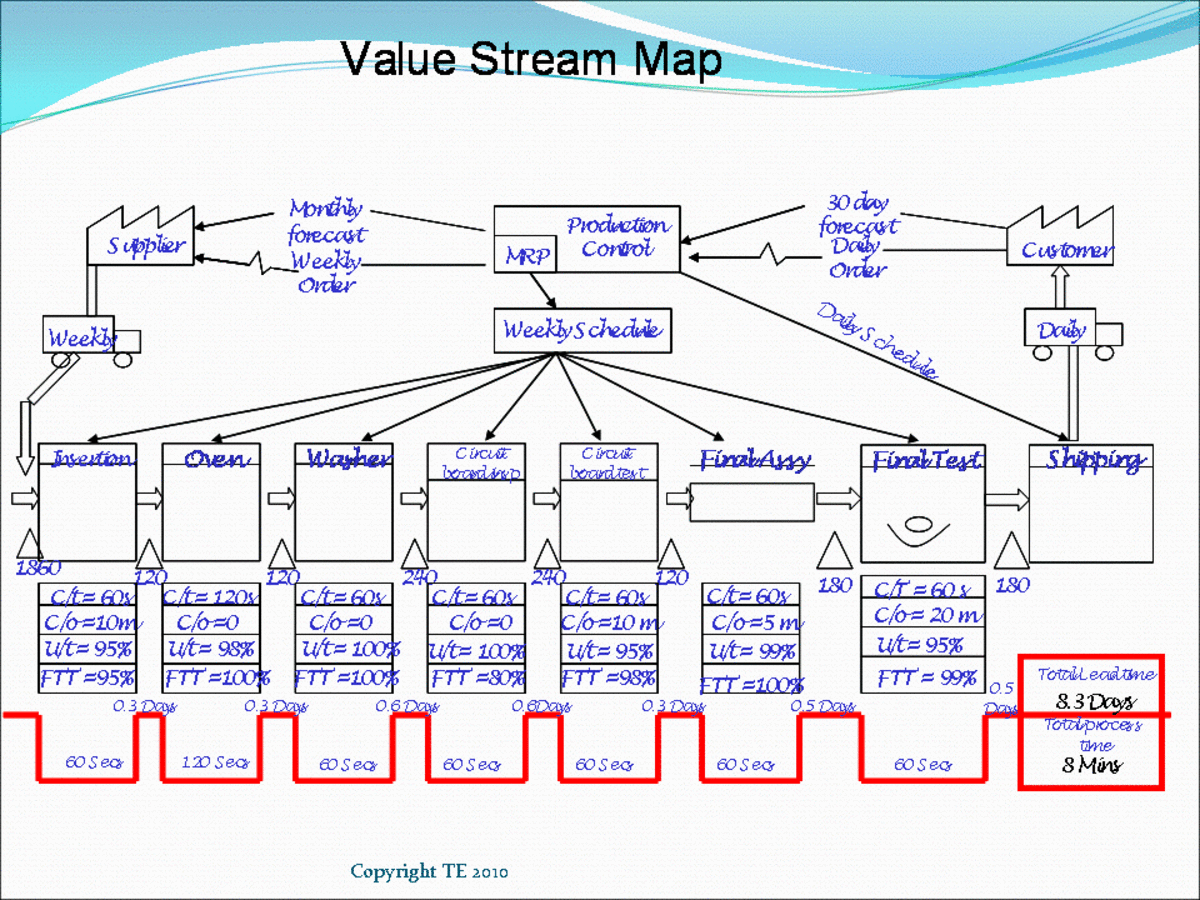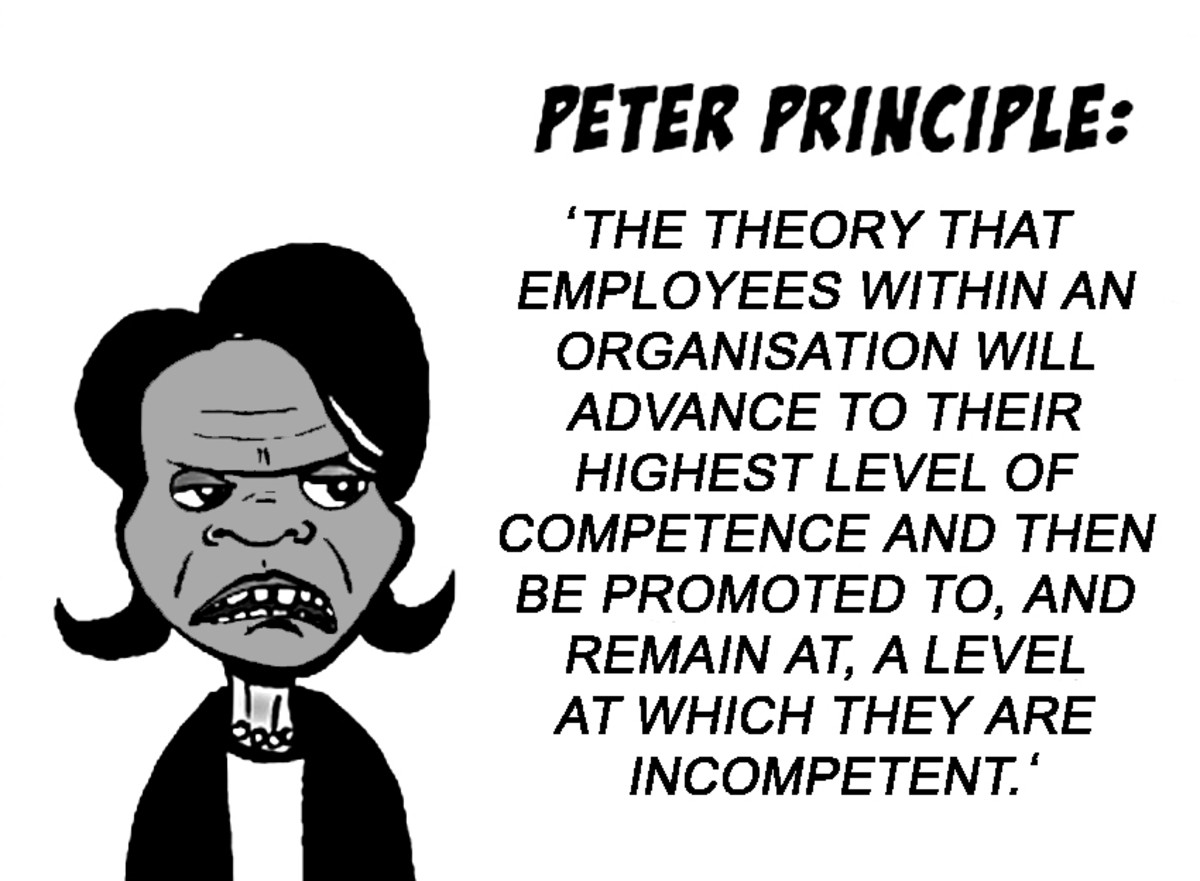How to Tell if a Business Process has Become Inefficient
Business Process Improvement

My Credentials
My career spanned 25 years in software engineering and business management. Prior to my retirement, I was as an assistant vice president with a Fortune 500 company.
Business Process Management
Business process management is an approach to understand, document, follow, and update how work gets done in a company. A business process, then, is the way business gets a job or task done in the most efficient manner possible. Most managers realize that business is dynamic, and that business processes may need to change as a response. If business processes are not regularly analyzed and updated to reflect change, they can become less efficient over time, which in turn can cost the company money.
Because many business processes are quite complex, it can be hard to pinpoint when inefficiency is happening. Here are some signs to look for when auditing existing business processes for inefficiencies or other potential problems:
Business Process Analysis
- The business process is not documented. It's a good idea to keep a log of all the business processes that are not currently documented within a company, with the goal of documenting all of them over time. There are lots of reasons why processes aren't documented; usually the reasons center on perceived complexity of the process, with the belief being that it is somehow not possible to document how something is done. This reasoning is inherently flawed, because obviously someone or something is getting the job done, and it is highly unlikely that the process is uniquely defined each time it is carried out. Bottom line: identify undocumented business processes and work towards documenting them. Only then can efficiency be quantified and ensured.
- Nobody follows the business process anymore. This points to the growth or change of business which has caused a process to become outdated. The risk here is that there may be gaps in process, which could lead to inefficiencies or redundant actions because tasks are not completely defined. The obvious solution is to document the new business process, but also take the time to understand why the process was allowed to become outdated and not followed. It may point to a management process that must also be changed.
- Dependencies are not understood, or "black holes" seem to exist. Imagine that you had to file an amended tax return, and that you were entitled to a large refund. The agency sends you a letter acknowledging that your amended tax form was received, and that your refund is on its way. Then imagine you never received your refund. You call, wait an hour on hold, and ultimately learn that you are indeed entitled to a refund, but for some reason, a check was never issued. This is a classic example of a business process where the dependencies and relationships between departments is not understood, leading to a "black hole" where nobody seems to be in charge. Ensure that your business processes have completely drawn dependencies, and that work flows completely from end to end.
- Bottlenecks have appeared. One of the goals of having business processes is to eliminate bottlenecks. Each action, each resource, each performance needs to have a reason for existing. Listen carefully to what employees have to say about how they prioritize, and why they think bottlenecks are occurring, as they may have the ideal solution to the problem.
- Mounds of unnecessary paperwork exist. Redundancies and inefficiencies may creep up in the form of multiple copies of paperwork that nobody seems to need anymore. Check regulatory needs, tax needs, and the like to understand what paperwork or data needs to be kept and where. Sometimes, businesses make updates to their data management infrastructure but don't take into account how dependent business processes may need to change.
- No metrics exist to measure efficiency of the business process. A good way to tell if a business process is efficient is to have a measurement or set of measurements that the process hits each and every time it is carried out. In practice, however, not every process may have metrics associated with it, at least not at the outset. The goal of business management, then, is to prioritize business processes and come up with metrics that will measure success. Metrics are usually some combination of a financial goal that needs to be reached, a level of customer and employee satisfaction to be attained, or a performance goal pertinent to the business that needs to be met.
- Metrics tell you that goals are not being met. If you have metrics in place and they are suddenly telling you that goals aren't being met, then it's a good bet that a potentially inefficient business process exists. But metrics often don't give you the granularity you need to find out why or how a business process is breaking down, or if the problem is due to a dependency. Perhaps the business process is generally good, but the technology infrastructure around the process is what needs to be fixed. Metrics definitely give you a starting point, but the "how and why" questions need to be closely examined and understood.
These are just a few of the common things to look for as you examine business processes for inefficiencies. Business process management is ongoing; strive for creating streamlined business processes that are well documented and well understood, use only the resources that they absolutely need to use, are measurable, and that absolutely meet the needs of the business.








